Learn how to draw the costume and props from reference or from imagination in this immense course by three senior New Masters Academy instructors – Disney art director Bill Perkins, film and game character designer and figure painter Charles Hu, and internationally renowned draftsman Glenn Vilppu. Drawing from live models and photo references, as well as master drawings of the past, you will learn to capture expression, emotion and weighting of the pose as well as shapes and rhythms created by the costume folds.
Bill Perkins teach you the action analysis study developed in Walt Disney Studios for animators. Charles Hu will demonstrate how to directly sketch costumed figure using many different media and how to apply language to your drawing. With Glenn Vilppu you will learn the seven major folds as well as approaches for using drapery to push the gesture of the pose and showing the form beneath in the case of clothing, as well as how different weights of fabrics behave differently. This course is perfect for fine artists, entertainment designers, comic & anime artists, and animators as well as portrait painters or for anyone who wants to draw or paint drapery from observation or imagination.
Who is this course for?
This course is perfect for fine artists, entertainment designers, comic & anime artists, and animators as well as portrait painters or for anyone who wants to draw or paint drapery from observation or imagination.
The style of drawings doesn’t match my own. Am I in the right place?
Yes! The best way to be able to depict realistic subject matter is to understand it’s mechanics, and that’s what this course is all about. The style you use in your own work, even realism, is up to you!
Is this a costume design course?
No. In this course you will learn how to represent and draw drapery and costume but not how to do costume design.
How much figure drawing do I need for this course?
You should at least do one of our beginning figure drawing courses or have a few years of figure drawing experience before attempting to draw the costumed figure.
What’s the best way to take this course?
Take notes in your sketchbook during the lecture. Follow along with the instructor demos stroke-by-stroke, then practice on your own with the provided references.
Which courses should I complete before this?
You should have basic figure drawing and construction drawing skills. Our foundational course is a minimum. It is also recommended to take Iliya Mirochnik’s Drapery Drawing Course as well (coming in 2020).
When was this course recorded?
Parts of this course (the Glenn Vilppu portion), were recorded earlier than the bulk of it which was recorded in 2018.
I notice some audio issues in the recording.
Portions of this course were recorded live and as a result some of the audio has some artifacts that can’t be resolved. Hopefully the usefulness of the information outweighs this distraction.
Level 1
1. How to Capture the Expression of the Costumed Pose With Bill Perkins
In this lesson, Bill will talk about expression of a model’s pose and how costume and props help tell a story. You will learn how to capture essence and performance of the pose going through the series of short drawings from a live model.
2. The Action Analysis of the Costumed Figure With Bill Perkins
In this lesson, Bill will have the model walk through the series of two-minute poses expressing beginning, middle, and end of the action. Drawing them, you will try to capture emotion rather than the muscle structure or any of the clothing details.
3. Weighting & Balance in the Costumed Pose With Bill Perkins
In this lesson, Bill will focus on weighting – how the model stands on her feet, how she sits or leans. He will teach you to capture these directional forces in the pose which cause how the costume hangs and cue us into real space and real emotion. Bill will also briefly go over the action analysis study developed in Walt Disney Studio for animators.
4. Draw Shapes & Rhythms in the Costumed Pose With Bill Perkins
In this lesson, you will learn to see and markdown shapes created by garments folds. Bill will show you how these shapes pull from origins of stress in the pose gesture, how they move across the form and create rhythms.
Level 2
5. Types of Folds on the Costumed Figure With Bill Perkins
In this lesson, Bill will go over different types of folds – zigzag, spiral, elbow-knee, pipe, diaper, and flowing folds. You will practice drawing them in the series of ten-minute poses.
6. How to Use Rhythm & Gesture in Costumed Figure Drawing With Bill Perkins
In this lesson, Bill will demonstrate how to build rhythms in your compositions by arranging shapes and creating near alignments that move the viewers eye in and around your image. These “eye pathways” help create more rhythmic movements and more dynamic drawings. You will learn how to mark them down on paper.
7. Line, Mass, & Form in Costumed Figure Drawing With Bill Perkins
In this lesson, Bill will talk about principles of design and break down the compositional design matrices dominated by line, mass, and form. He will also demonstrate how you can mix them up in your drawings.
8. Harmony in Marks with the Costumed Figure With Bill Perkins
In this lesson, you will learn how to harmonize all the marks you practiced to make before. You start from marking down emotional expression and weighting of the pose, shapes created by the costume folds, and rhythms created by those shapes. After that, you mark down an “eye pathway” and your combination of three design matrices. Finally, you harmonize all these marks.
9. Exploring Expressive Mark-Making in Costumed Drawings With Bill Perkins
Experiment with mark-making and try to come up with new approaches. Bill suggests you “get yourself in trouble” by using scratchy lines or any other surface manipulations and learn a lot out of it.
10. How to Organize your Costume Figure Drawing With Bill Perkins
In this lesson, Bill will share his theory of breaking the drawing process into three clear stages: rendering line, rendering mass, and rendering form. These stages can go in a different order but always one at a time. Bill also will cover major and minor key concepts.
Level 3
11. Introduction to Sketching the Costumed Figure With Charles Hu
Charles goes over the mediums he uses for sketching and demonstrates a fountain pen and a charcoal pencil techniques.
12. Dynamic Sketching the Costumed Figure With Charles Hu
Charles talks about shape design and 3-dimensional structure. He draws a series of 5- and 8-minute poses with a charcoal pencil.
13. Sketching Costumed Poses with Story With Charles Hu
Charles teaches how to make your drawings more interesting. He gives you a fundamental understanding of live-action, gesture, and shape design which make viewers get a sense of a story out of your drawing.
14. Line Weight & Line Quality in Costumed Figure Sketches With Charles Hu
Charles demonstrates how to apply language to your drawing. He says that despite language has an unnecessary decorative function it can be very beneficial for your drawing, especially for quick sketches.
15. Showing the Form Beneath the Clothing With Charles Hu
Charles continues focusing on gestures of the pose and structure underneath the costumes. He shows how folds and fabrics reinforce the pose design.
16. Design the Costumed Figure Drawings with Light & Shadow With Charles Hu
Charles demonstrates how to add shadow and light to folds. He shows how shadow and light serve bigger ideas like pose design and storytelling.
17. Quick Sketching the Costumed Figure on Toned Paper With Charles Hu
Charles shows how toned paper can be beneficial for you, serving as value.
18. Sketching Costumed Figures in Marker and Pen With Charles Hu
Charles switches his medium to the marker and draws on white and toned paper. He says using this medium involves more careful observations.
19. Sketch Costumed Figures from Photo References With Charles Hu
Charles draws from photo references. It gives him more time and the possibility to go deeper into some processes.
Level 4
20. The Gesture & Movement of Drapery With Glenn Vilppu
In this lesson: In this final installment of the How to Draw the Costumed Figure course, world-renowned draftsman Glenn Vilppu break downs the essentials for drawing more gestural drapery and clothing. You will learn the seven major folds as well as approaches for simplifying drapery and showing the form beneath in the case of clothing.
_www.nma.art/courses/how-to-draw-the-costumed-draped-figure
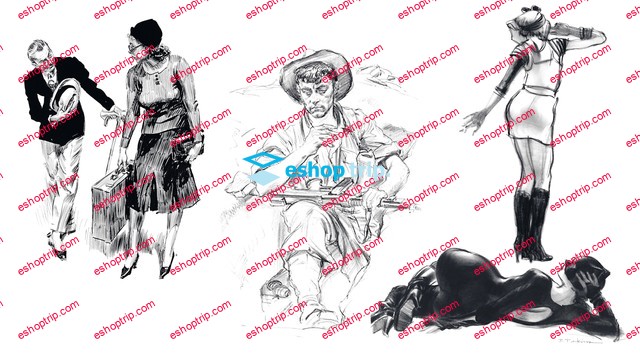

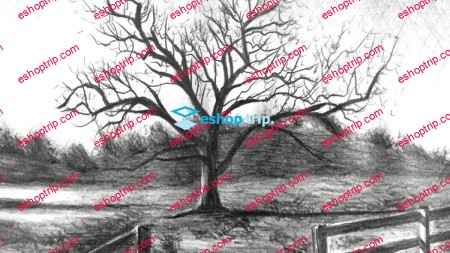
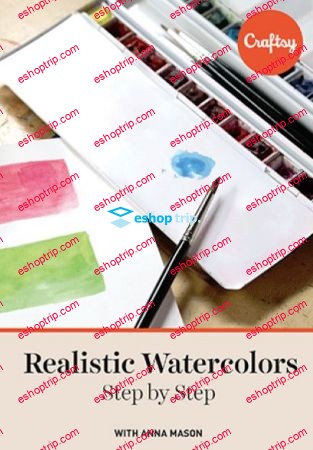
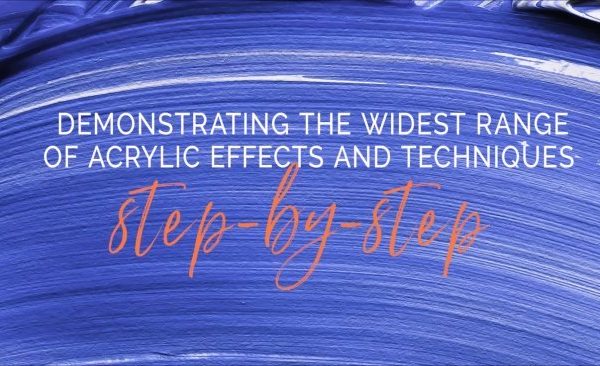
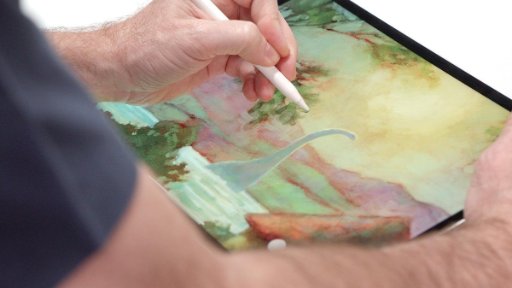

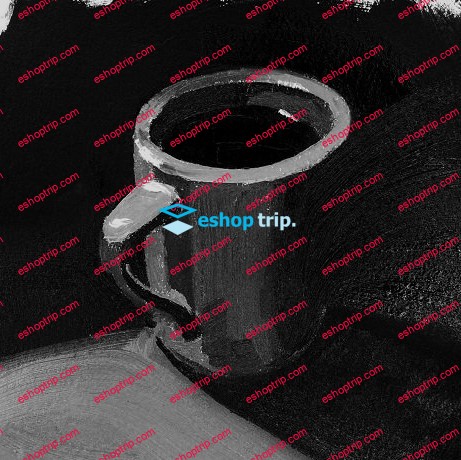

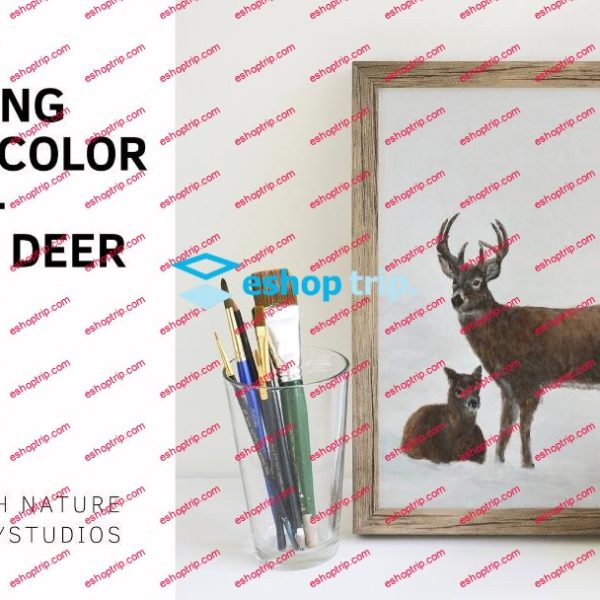
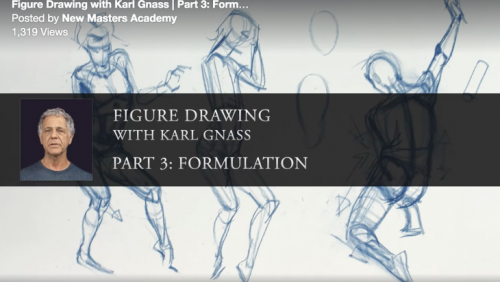
Reviews
There are no reviews yet.